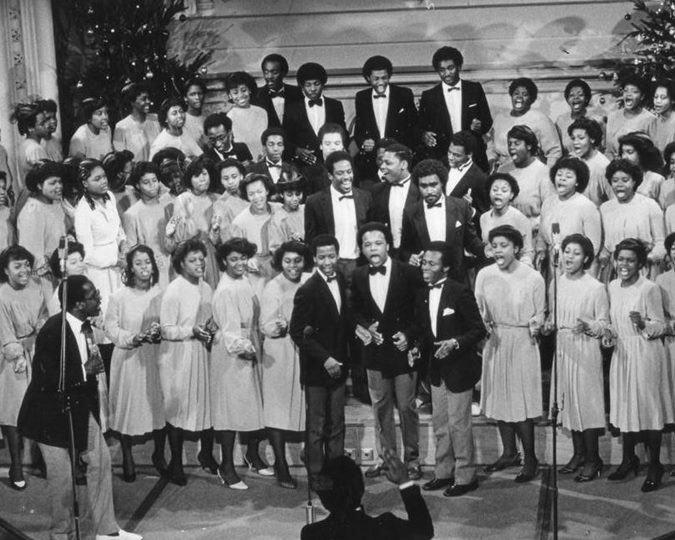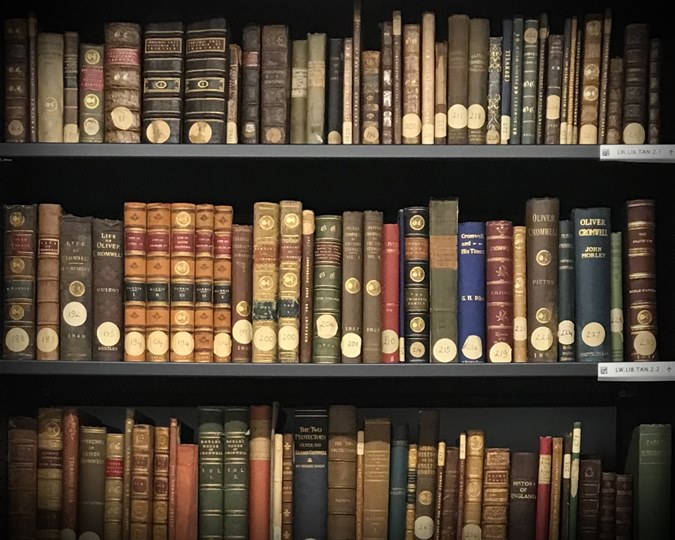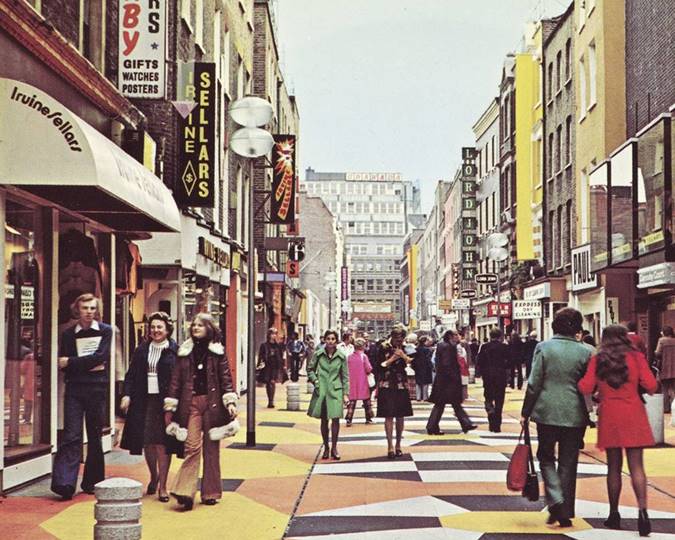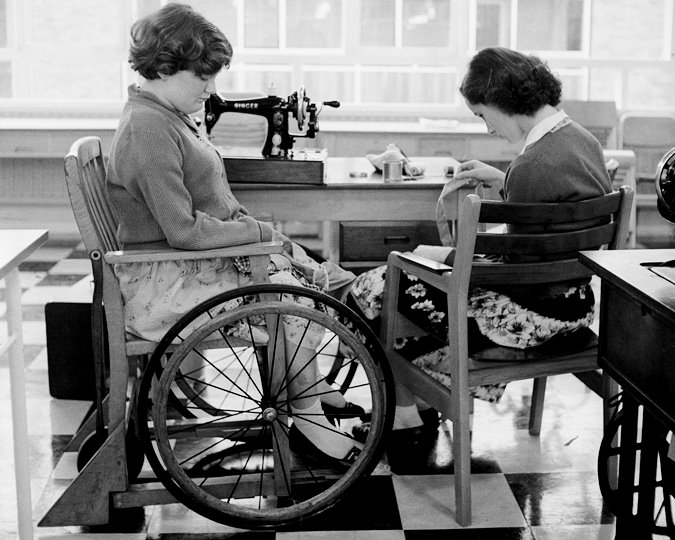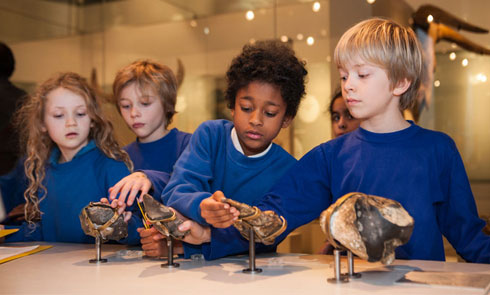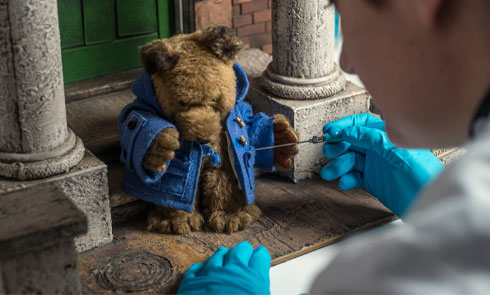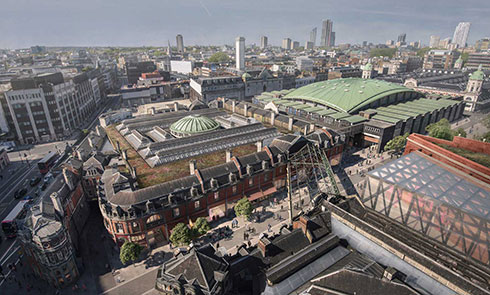Indo + Caribbean: The creation of a culture
A free display exploring the underrepresented history of Indian indenture in the British Caribbean

This display put a spotlight on the lesser-known history of Indian indenture in the British Caribbean and the personal stories of Indo-Caribbean culture in London, exploring migration to the United Kingdom today.
Following the end of enslaved African labour, British planters in the Caribbean devised a new scheme to source cheap labour for their plantations: recruiting workers from India to work for three to five years in return for transport, a minimal wage and some basic provisions.
The first indenture ships set sail in 1838 and between then and its end in 1917, around 450,000 Indians undertook the long journey, taking up to five months, to the British Caribbean.
Conditions on board were poor and the journeys difficult, though strong bonds were forged between migrants as they crossed the Kala Pani or ‘dark waters'.
The display featured letters petitioning the government from planter Sir John Gladstone, as well as contracts, shipping company records, postcards and papers from the Parliamentary Archives that give insights into the realities of life under indenture. The display also drew on photos, jewellery, film and artwork to uncover personal stories and family memories from London’s Indo-Caribbean community.
“As we mark the 75th anniversary of Windrush this year, Indo + Caribbean is a chance to learn more about Britain’s colonial footprint and the diverse communities from the Caribbean that have enriched our city.”
Shereen Lafhaj, Curator at Museum of London
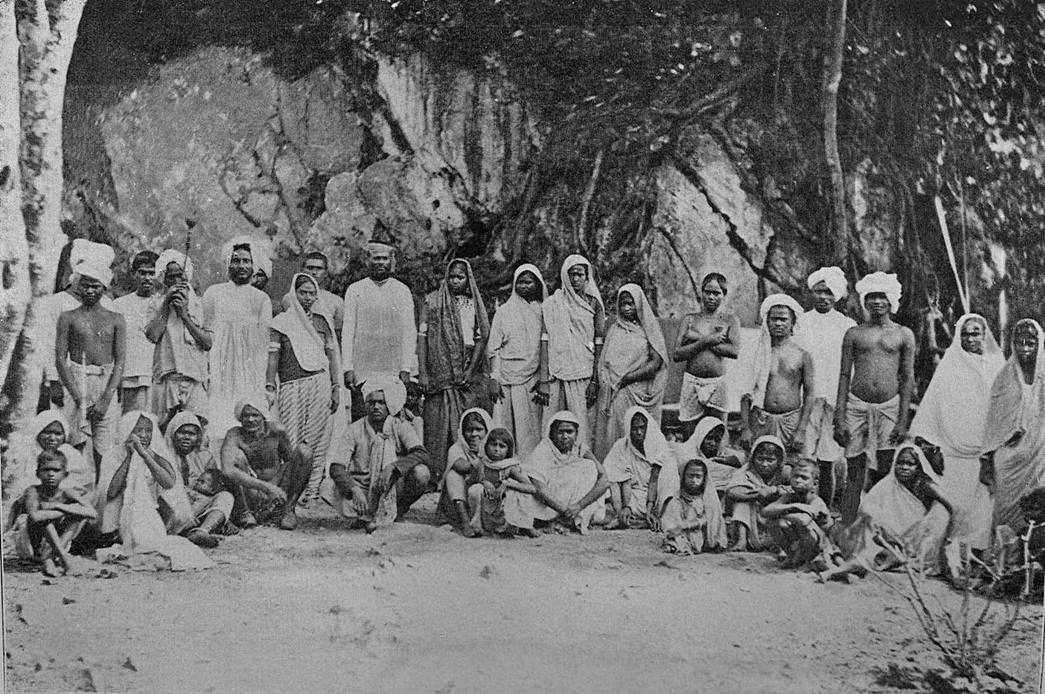
What of the Indian women in indentured labour?
Indentured labour was started to keep plantations going after the end of slavery. A third of them were women – here’s a peek into their story.
Read more
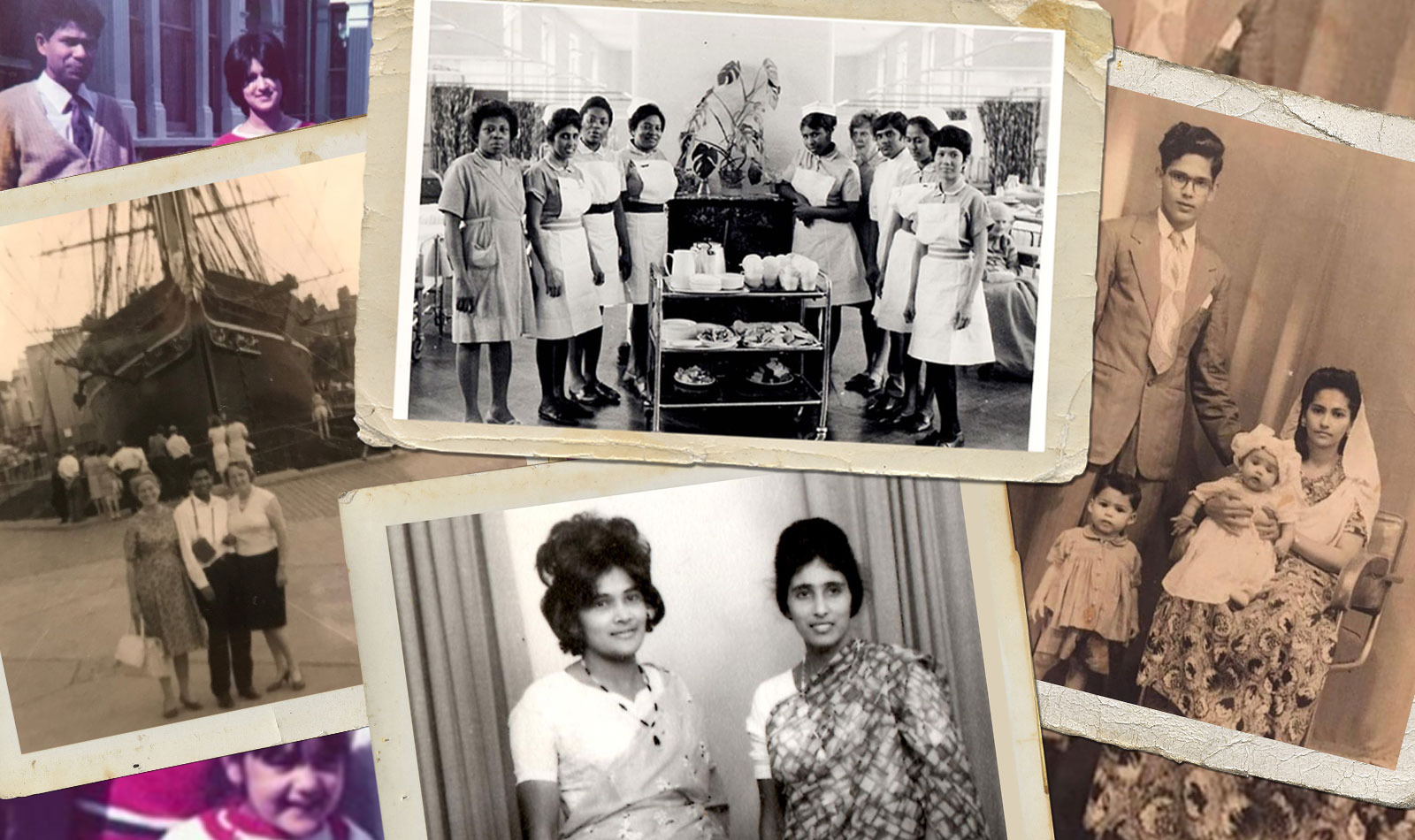
Windrush stories of the Indo-Caribbean community
We asked three Londoners of Indo-Caribbean descent about their family stories as part of the Windrush generation.
Read more

